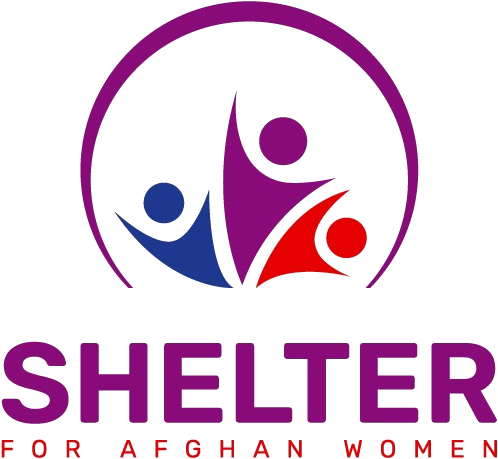Shelter Housing
- Shelter and Housing Program Situation
Conflict, natural disasters, and the erosion of communities’ resilience after over 40 years of war have created dire shelter needs in Afghanistan that COVID-19 and drought have only compounded. The sudden stop in international assistance, freeze of foreign assets, and loss of key workers in the public sector have driven a liquidity crisis, resulting in the devaluation of the Afghani currency, and are causing a severe economic shock.
The situation has been particularly challenging for people living in poverty, recently displaced, those that rely on insecure employment in the informal sector, those in underserved locations and those residing in informal settlements.
The number of people in need of shelter assistance in 2022 has increased from 6.6 million to 10.9 million people. This increase is partly attributable to the aftereffects of the large-scale displacement caused by the conflict in 2021 that saw more that saw 600,000 people displaced, drought, COVID-19 and the effects of the economic shocks experienced after the change of leadership.
According to the 2021 Assessment, internal displaced people have reported shelter to be their second highest priority need after food and 71% of the population need shelter repairs and upgrades. Shelter needs are central to people’s immediate survival and wellbeing, risking their safety, security and health through exposure to the harsh weather conditions or overcrowding.
For many in Afghanistan, people’s living standards are not dignified, and the situation impacts on their ability to recover and cope with future shocks. Lack of adequate shelter exposes households to various protection risks, including the lack of privacy, eviction, exploitation, and abuse, and in some cases, increased exposure to sexual and gender-based violence.
Approach,
- Emergency shelter and heating equipment, cooking equipment, and hygiene kits; for families lasting their houses/shelter due to floods and earth quick in a different province of Afghanistan,
- More than 70% of people, particularly women in remote areas, do not have proper Rest Rooms for use.
- Many homeless people: children, and women, due to expenses and not affordable environments, do not have basic shelter/house to live in
Below are the steps required for initiating the project.
- Conduct an assessment on selecting areas for shifting people in an emergency.
- Involved the homeless and youngsters in building shelters, which will help their income.
- Training on how to deal with emergency saturation.
- Providing school and other facilities in comp/emergency center.
- Training on emergency equipment used during the situation.
Goal,
To build and develop shelters, protect the life of children and families, and provide at least basic needs for their life
The Need
SAW is looking for financial support from donors. People’s donations for Shelter needs are central to people’s immediate survival and well-being, risking their safety, security, and health through exposure to harsh weather conditions or overcrowding.



